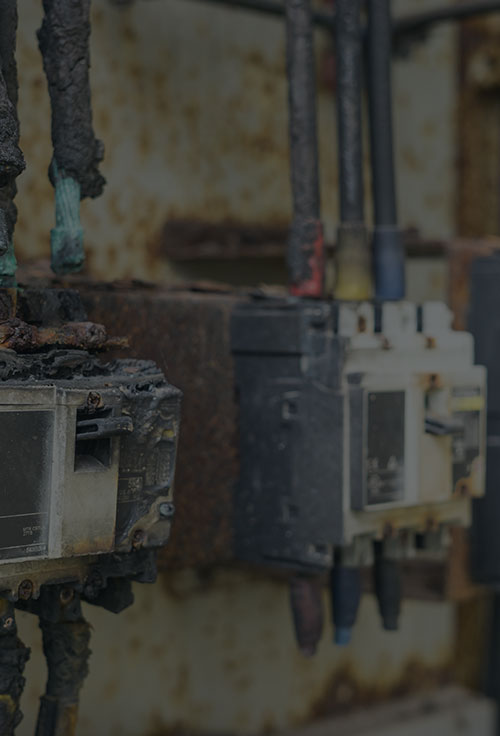
✖
Download White Paper


✖
Download White Paper


✖
Send Us a Note


✖
Send Us a Note


✖


✖


✖


✖



New data from IEEE's 2018 revisions show that equipment may be more dangerous than previously thought. Learn about the new standard.



If you have any concerns regarding your arc-flash hazard compliance, we offer a tailored approach to evaluate your needs and deliver recommendations. We can also provide budgetary estimates for your capital expense plans.

As electrical systems have become larger and more complex, there has been a dramatic rise in exposure to arc-flash hazards. Increased awareness of arc flashes demands a new focus on prevention.





Safety is a top priority for Burns & McDonnell and our clients. On one confidential project, to protect the equipment and personnel, our team performed conceptual design focused on equipment with energy levels greater than 8 cal/cm2. After onsite investigation and arc flash study reviews, we found several pieces of equipment — medium-voltage switchgear, low-voltage switchgear, motor control centers, panelboards and miscellaneous equipment — were at higher energy levels resulting in the need for new solutions to protect people and equipment. It also included analyses of the DC system that are now recommended with the updated standard. We developed a tailored comprehensive project execution plan and project schedule with an engineer-procure-construct (EPC) cost estimate based on the client’s priorities and immediate needs.

Arc-flash hazards have been a point of focus for several decades with the development of methods to accurately calculate available arc-flash incident energy and technologies to reduce those energy levels. More recently, improvements have allowed power system designers to significantly improve the safety of arc flash-susceptible electrical equipment without reducing reliability.


As power consumption goes up, the need for advanced protection increases. In order to make equipment safer, OSHA requires revalidation of arc flash standards every five years, or as major upgrades are implemented. Watch the webinar to learn more.


© 2025 Burns & McDonnell. All Rights Reserved
At this time, Burns & McDonnell is not offering pure architectural services in the states of Illinois, Louisiana, Montana, Nevada, New Hampshire or New Jersey. We may, however, provide design-build services for architectural projects.